Levene House: Architecture that transcends time, capable of generating emotions
Casa Levene is one of the most awarded Spanish homes of recent times. On the occasion of its recent sale, we would like to pay tribute to this unique house and to do so we interviewed its creator, the architect Eduardo Arroyo.
A sculptural property on Mount Abantos in San Lorenzo de El Escorial. It has appeared on the cover of magazines and has been featured in the BBC’s The World’s Most Extraordinary Homes, and since its creation it has been praised by the academic world. It was the first architectural house to join The Sibarist family, and has been with us all these years as it symbolises our DNA to perfection. With us it has been the backdrop for important audiovisual productions, such as the new film directed by Paco León that will be released in 2022, it has circulated in numerous editorials of prestigious national and international fashion magazines and we have opened its doors to show it in several editions of the architecture festival Open House Madrid, with visitors from all over Spain who did not want to miss the opportunity to see this architectural jewel.
Without cutting down a single tree, the structure was built in situ on micro-piles so that the foundations would not damage the roots of the trees or the aquifers. Levene was erected to blend in with the wooded environment, which remains unaltered, just reflected in its windows, as if gazing at a peer. Complex, intelligent, avant-garde, and above all, singular. A legend that has just found an owner, news that we couldn’t be more excited about, but which will continue to form part of The Sibarist family for events, filming and photo shoots.
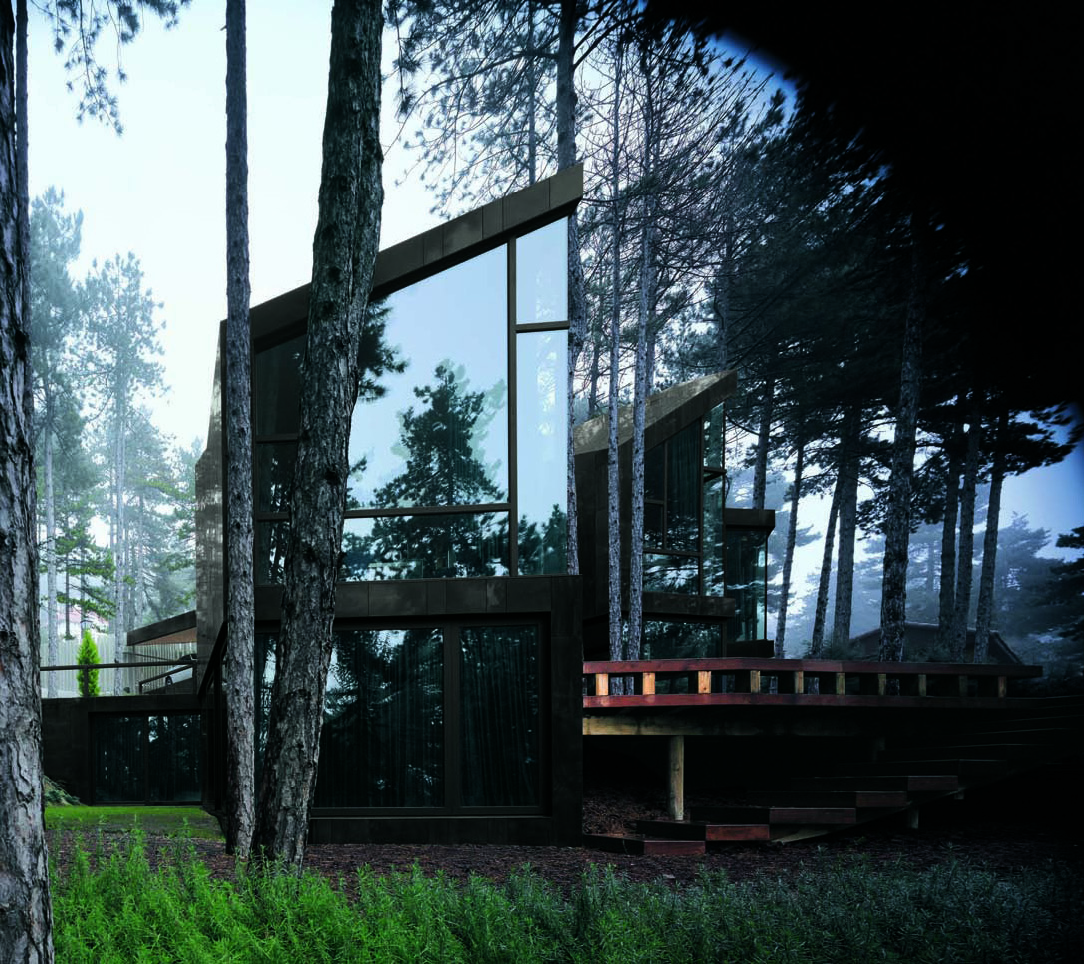
In it there is much of the non-conformist spirit and desire to excel of Eduardo Arroyo, the architect behind the design of this mythical house, his client being his professional colleague Richard Levene. A commission that for the professional himself was a challenge that pushed him beyond his own limits, generating in him a learning experience of incalculable value. Casa Levene is, after all, one of those constructions that stir on contemplation, and which to this day leaves no one indifferent, unyielding to the passage of time. A house that connects with the spectator, evocative, capable of moving.
We talked to Eduardo Arroyo about the importance of Casa Levene in architecture and in his career, as well as the direction to be followed by this courageous and transcendent art that reformulates the places we inhabit, and which is architecture.
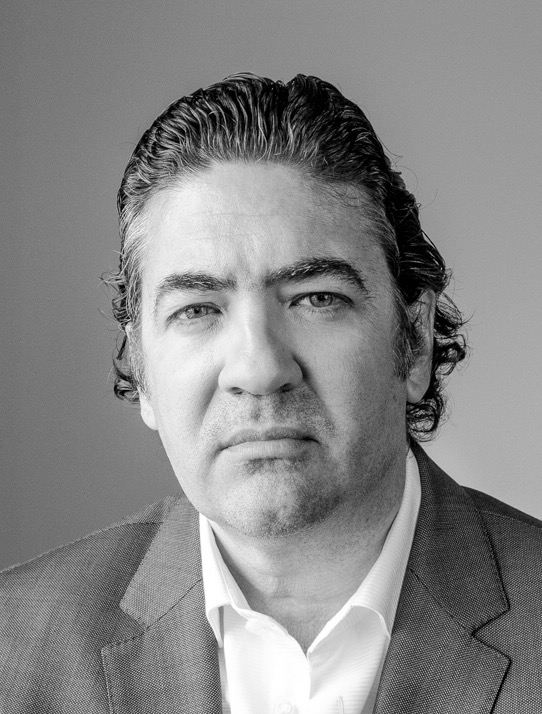
-In today’s eyes, what has designing Casa Levene meant to you?
EA: Works that push creators beyond their own capabilities are unsurpassed in terms of learning. They make us glimpse and access a kind of magical mastery for a short space of time but one that remains forever in the memory. In a way, they push us to infinite self-belief and to see ourselves as almost capable of anything. The Levene House is supported by the Lasesarre Stadium, the Plaza Desierto and the Sondika Nursery, followed by the Zafra-Uceda House, the Arquia Bank and the University of Vienna. This inertia of doing is what has allowed me to maintain a sustained creative determination over time and to distance myself from mediocrity, with all that this entails in terms of growth but also isolation.
-If you look back to the past, what did Casa Levene contribute in terms of innovation at the time?
EA: Casa Levene meant the emergence of a new way of understanding the architect’s work based on the unexpected rather than the expected, on discovery rather than imposition, on conscious and direct respect for nature rather than the use of thermo-sustainable excuses for the instagram gallery.
-Why is Casa Levene still relevant today?
EA: Its relevance lies in the fact that it is there to remind us all how far the client-architect-builder collaboration can go when everyone is committed to mutual trust. It transforms any accumulation of uncertainties into a powerful energy of shared certainties. And, like so many other pieces of architecture that are given a mythical character, its teaching study as a paradigm in universities around the world gives it a kind of timeless relevance.
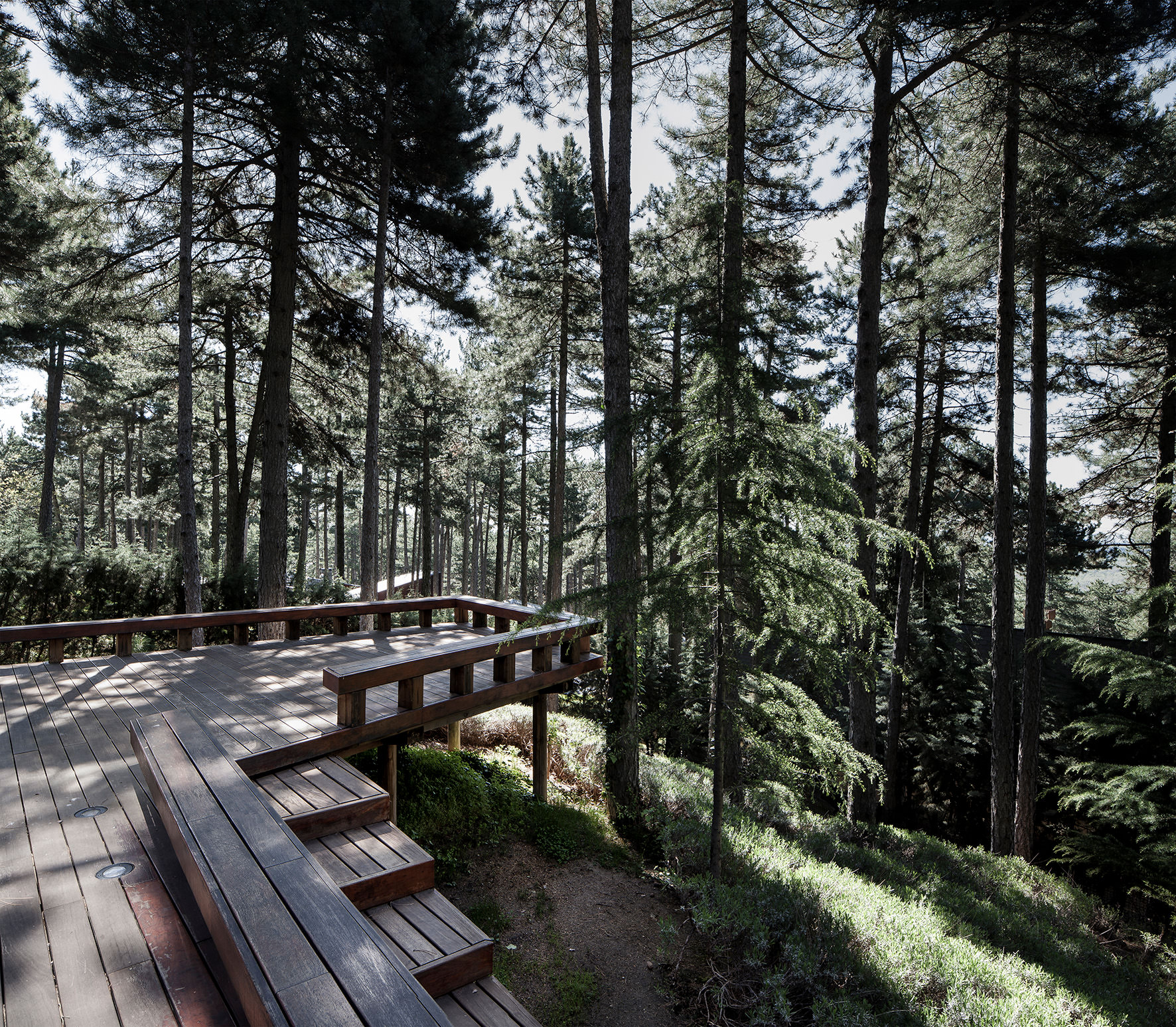
-What would you highlight about Casa Levene?
EA: Timeless works do not age, even if they deteriorate, because there is a force linked to their origin that sustains them through time. By eliminating any aprioristic prejudice in their conception, the works open up and look at another dimension independent of our present, crossing it. That is why in this house each user establishes a personal and unique relationship of understanding between the space and the nature in which it is inserted through its peculiar geometry. I sense that over the years it can change hands infinitely without losing any of its properties or principles.
-How has architecture changed in recent years?
EA: Society and the financial powers have cancelled the trust placed in architects as transformers of the environment to improve our lives. This has been granted to the manufacturers of invisible businesses, facilitating applications and other intangible environments. Architecture in Spain has become a mere object of commerce and transaction, guided by an extreme regulatory control and a threatening judicialisation that domesticates architects and abducts them to blind obedience. Hence the escapist success of many professionals towards interior decoration and their stickers without any vocation for permanence or civil responsibility. True architectural creation in Spain is very scarce and has to camouflage itself under a thermal-vegetable discourse in order to be justified and certified as if it should apologise for not being vulgar. It might seem that Excel tables and hydroponic techniques have won the battle against creation but, let’s not fool ourselves, this is still going on.
-We have noticed a growing interest among Spanish clients in architectural houses. What do you think?
EA: I didn’t know that non-architectural houses existed. It is true that there is a great demand for reforms or luxury constructions, which does not imply that there is a demand for good architecture. This is due to foreign money coming from dangerous countries and fast money generated from the cyber-invisible. Unfortunately, both are in the hands of people without sufficient critical elective culture about architecture and end up in the hands of mediatised commercial professionals. At the same time, we also notice a flight from the cities that demands constructions of reduced economy, supported by the sustainable and rural discourse that seems to apply only to architecture of poor materials, adobe, ceramics, chipboard, cork, sheep’s wool, etc. Perhaps, the Spanish client understands better that his building will consume little energy because it is passive, rather than having to make an effort to understand the complexity of the beauty he can aspire to in order to live better.
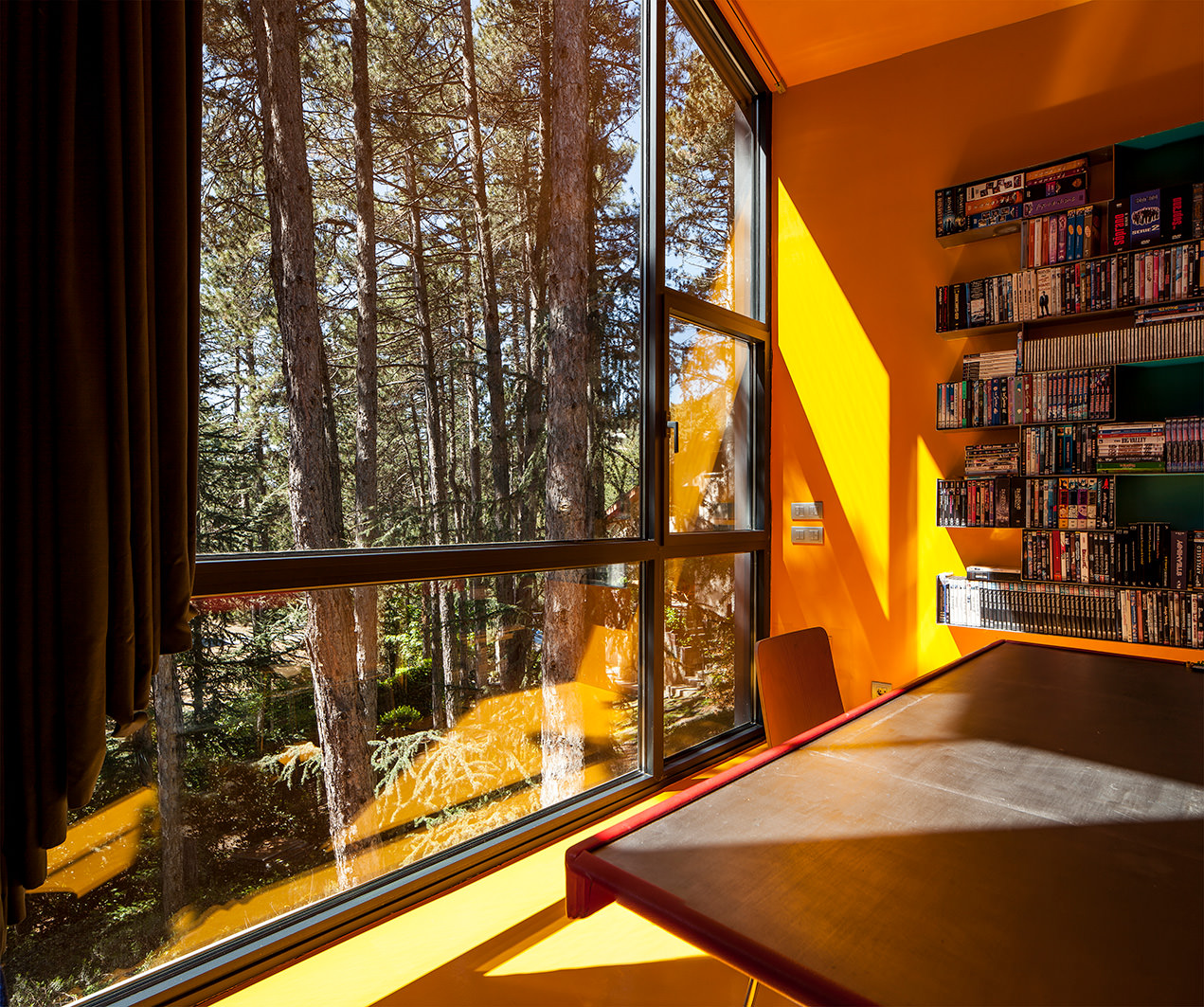
-How do you see the architecture of the future? In other words, what will be essential? And on the other hand, what will we do without?
EA: If we talk about the urban environment, its re-naturalisation, the digitalisation of transport systems, communications and water and energy management, as well as the control of air quality and temperature in the city, will be essential. But when we have all these technological mechanisms in place, someone will wonder: have we forgotten something, what about the buildings, who was in charge of them? Heat exchanges, carbon footprints and invisible digital environments have proved incapable of creating a new paradigm of illusionary beauty. That is why no future of architecture can be glimpsed in today’s thermo-technification. Reassuring regressions to a simple past, as a counterpart to the latest excesses of spectacularity and speculation, lead nowhere. I believe that the next architecture will be born of a new, looser and more ambitious concept of gravity and of a materiality guided by sensitive properties that have a strong presence but conceal their high levels of comfort almost invisibly. Soon, we will no longer talk about sustainability, carbon or energy as the leitmotiv of architecture. I believe that new production processes will be discovered to bring concrete, steel, aluminium or composites back into architecture in a way that will reassure investors demanding sustainability certificates, possibly even by changing their name. To forgo the discovery of their infinite properties in incredible masterpieces that have cost us centuries and billions in research would be to assume a return to a marinated, timbered and pottering middle age.
-Tell us about reference projects that have inspired you, both past and present. We would also like to know about architectural projects that you currently consider to be on the road to the architecture of the future I was asking you about earlier.
EA: I have always thought that good and true architecture is independent of style and this allows me to place Scharoun’s Philharmonic, Koolhaas’s Kunsthall, Niemeyer’s Casino or Borromini’s San Carlino in the same celestial package. I see the foundations of the architecture to come in bursts of works by Xaveer de Geyter, Junya Ishigami or Muoto. Essential architecture that avoids expedient simplicity. Works with sophisticated anti-gravitational visual information and a use of materials of a perceptive nature in peculiar and advanced ways. I believe that soon we will once again be able to enjoy objects that hide their power under forms that apparently have no vocation to be so. And, all those sustainable, energetic and commercial models that inundate us, with no message except themselves, will pass away.
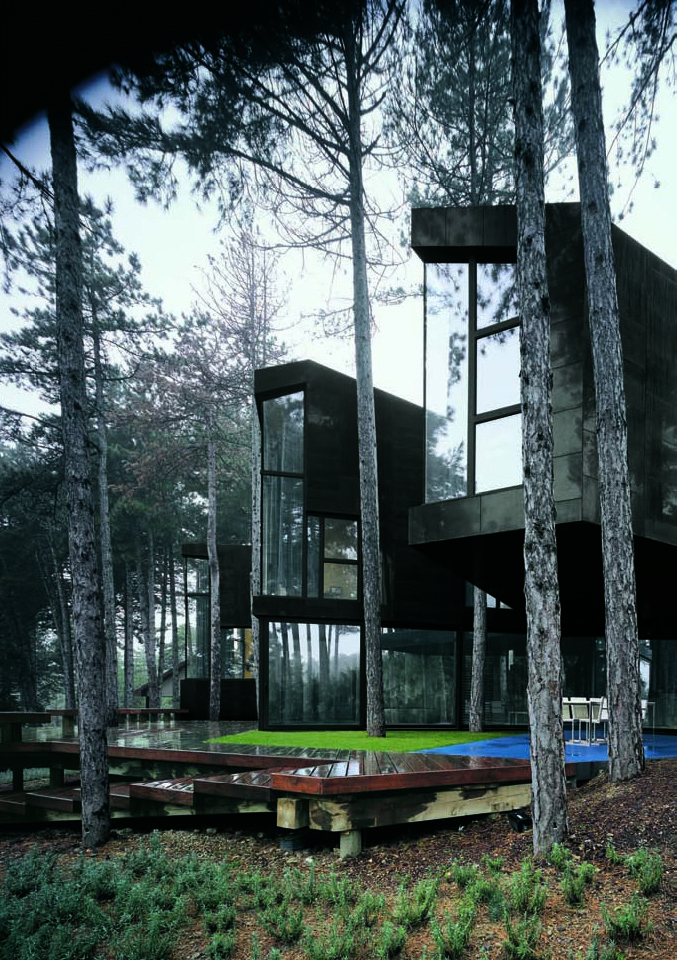
-In terms of sustainability, we already know that architecture can be more or less harmful to nature, but do you think architecture can have an impact on people’s health? How?
EA: I think it is fundamental to move forward and get out of this big trap to never use the term sustainability again. People’s health has little to do with that word. Good architecture already incorporates a scientific component that supports the thermal comfort margin of optimal use for each climate and the use of the necessary materials for its best development. The most sophisticated and difficult part, and therefore the most absent, is the part that affects the emotional part of our health and to which the least attention is paid. Designing buildings for emotional or spiritual wellbeing entails more risks and additional work, but it is what really puts man in intimate and intense contact with his environment, with others and with the world around him. It is architecture that shapes and protects this environment of human relationship, regardless of whether the universe is expanding or cooling. On the other hand, the rational tranquillity generated by knowing that the wood in the floor comes from a certified Nordic forest or that the ceramics in the bathroom are made in the next village through a circular economy, only lasts for a while as a feeling of moral tranquillity. But in the long run, our avid conscience asks for more: to reach a state of our own located between intimate comfort and peace of mind, something like a “being well” in the world where words and infallible alibis are superfluous.
-What are you working on now, do you have a project in mind or are you working on that you think is focused on the architecture of the future?
EA: I’m working on restoring some of the lost dignity to our profession, which is enough of a future. I am very interested in new uses in sports buildings as collective objects to share a healthy environment, because of their infinite spatial possibilities and because they are not yet speculative real estate objects. I am also involved in the generation of a utopian idea of a city that allows us to have a spatial image that excites us and encourages us to be together again and to share. On the other hand, I try, without much success, to ensure that neither financiers nor project managers define buildings beforehand, and to pedagogically help lawyers and builders to gain access to a little of the excellence that architecture brings to our lives, but also without much success. In general, a strange energy pervades me in search of a way of doing architecture in which Excel tables disappear and energy certificates and certificates of good conduct are extinguished.
-Do you think there is anything important you want to tell me that I haven’t asked you about?
EA: You haven’t asked me why the architect, being the one who designs, thinks and directs, has become the weakest link in the chain when constructing a building and the one who earns the least money being the one who goes to jail. Nor have you asked me why the university studies of Architecture to build our tangible world are abandoned and in decline and those of Algorithmic Mathematics applied to the invisible are on the rise. The latter is the million-dollar question.